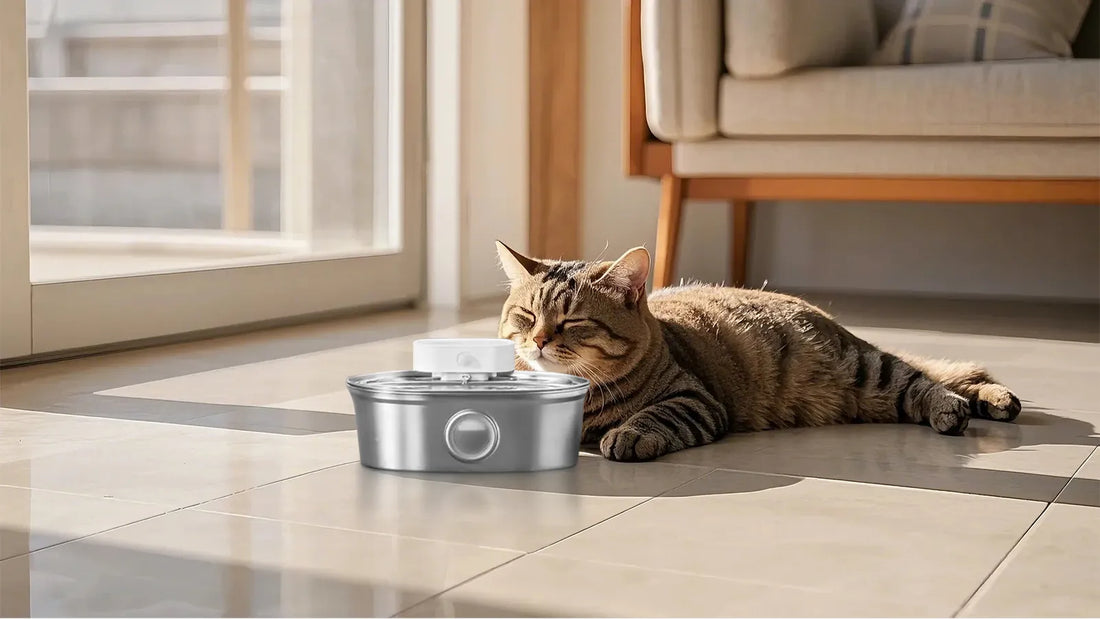Why Bathing Your Pet is Important
Bathing your pet is an essential part of their grooming routine. It helps to keep their coat clean, free from dirt, and reduces the risk of skin infections. Regular baths can also help to control shedding and keep your home cleaner. However, many pet owners find the process daunting, especially if their pet is not accustomed to water. This guide will walk you through the steps to make bath time a positive experience for both you and your pet.
Preparing for the Bath
Before you start, gather all the necessary supplies. You will need a pet-friendly shampoo, a towel, a brush, and a non-slip mat. Choose a shampoo that is specifically formulated for pets, as human shampoos can be too harsh for their skin. Brush your pet's coat to remove any tangles or loose hair. This will make the bathing process easier and more effective. Place the non-slip mat in the bathtub or sink to prevent your pet from slipping and getting injured.
Choosing the Right Location
The location of the bath is crucial. For smaller pets, a sink or a small tub may be sufficient. Larger pets may require a bathtub or even an outdoor area if the weather permits. Ensure the area is warm and free from drafts to keep your pet comfortable. If you are using a bathtub, make sure the water level is appropriate for your pet's size. Too much water can be overwhelming, while too little may not be effective in cleaning.
Water Temperature and Safety
The water temperature should be lukewarm, similar to what you would use for a baby. Test the water with your wrist or elbow to ensure it is not too hot or too cold. Always keep your pet's safety in mind. Never leave your pet unattended in the water, even for a moment. If your pet is anxious, speak to them in a calm and reassuring voice to help them relax.
Wetting and Shampooing
Start by wetting your pet's coat thoroughly, avoiding their face and ears. Use a cup or a handheld showerhead to gently pour water over their body. Once the coat is wet, apply the shampoo and work it into a lather. Be gentle and avoid scrubbing too hard, as this can irritate their skin. Pay special attention to areas that are prone to dirt and odor, such as the belly, paws, and tail. Use a washcloth to clean their face, being careful not to get water or shampoo in their eyes or ears.
Rinsing Thoroughly
Rinsing is one of the most important steps in the bathing process. Any leftover shampoo can cause skin irritation or dryness. Rinse your pet's coat thoroughly, ensuring that all the shampoo is washed away. You may need to rinse multiple times to ensure there is no residue left. Again, be cautious around the face and ears to avoid discomfort.
Drying Your Pet
After rinsing, gently squeeze the excess water from your pet's coat. Use a clean, dry towel to pat them dry. Avoid rubbing, as this can cause tangles and discomfort. If your pet has a long coat, you may need to use a hairdryer on a low setting to ensure they are completely dry. Keep the dryer at a safe distance and move it continuously to prevent overheating or burning their skin.
Post-Bath Care
Once your pet is dry, brush their coat to remove any remaining tangles and to keep it looking smooth and shiny. Check their ears for any signs of moisture, as damp ears can lead to infections. If necessary, use a pet-safe ear cleaner to dry and clean their ears. Finally, reward your pet with a treat or some playtime to create a positive association with bath time.
Tips for a Stress-Free Bath
To make bath time less stressful, start by getting your pet accustomed to water gradually. Begin with short sessions and gradually increase the duration as they become more comfortable. Use positive reinforcement, such as treats and praise, to encourage good behavior. If your pet is particularly anxious, consider using a calming spray or diffuser to help them relax. Remember, patience is key. It may take a few baths before your pet becomes fully comfortable with the process.
Common Mistakes to Avoid
One of the most common mistakes is using the wrong shampoo. Always use a shampoo that is specifically designed for pets. Avoid getting water or shampoo in your pet's eyes or ears, as this can cause discomfort and potential health issues. Another mistake is not rinsing thoroughly, which can lead to skin irritation. Lastly, never force your pet into the water. If they are extremely anxious, it may be best to consult a professional groomer or your veterinarian for advice.
When to Seek Professional Help
If your pet has a medical condition, such as sensitive skin or allergies, it is best to consult your veterinarian before giving them a bath. They may recommend a specific shampoo or bathing routine. Additionally, if your pet is extremely anxious or aggressive during bath time, it may be safer to seek the help of a professional groomer. They have the experience and tools to handle difficult situations and ensure your pet is clean and comfortable.
Bathing your pet doesn't have to be a stressful experience. With the right preparation, tools, and techniques, you can make bath time a positive and enjoyable routine for both you and your furry friend. Follow this guide to ensure your pet stays clean, healthy, and happy. Remember, a clean pet is a happy pet, and a happy pet makes for a happy home!

![[🎃Halloween Sale]UAHPET Stainless Steel Self-Cleaning Cat Litter Box](http://www.uahpet.com/cdn/shop/files/1-cat-litter-box.jpg?v=1759128420&width=1600)












